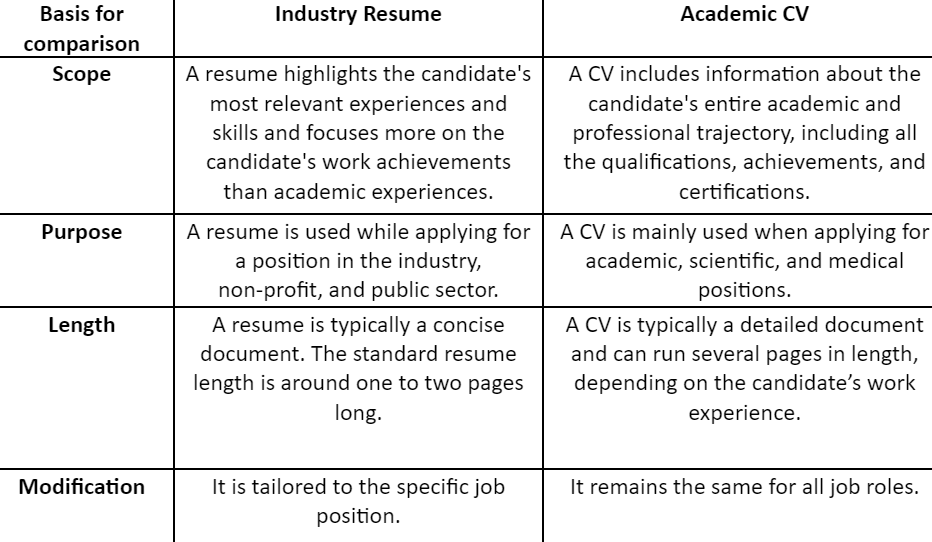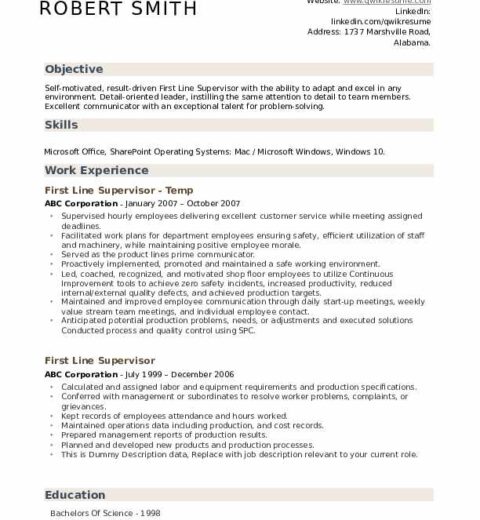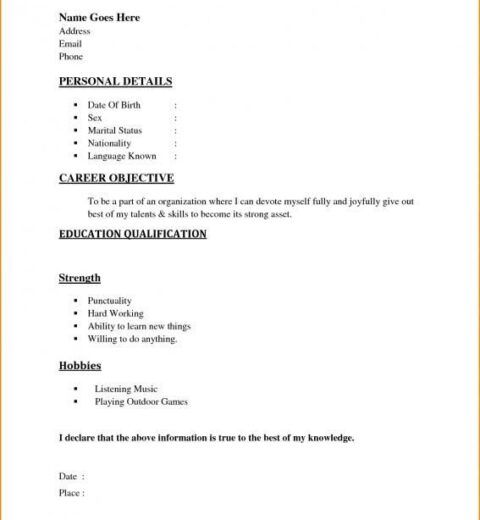When navigating the job market, understanding the difference between a CV (Curriculum Vitae) and a resume is crucial for effectively marketing oneself. Though the terms are often used interchangeably, they bear distinctive characteristics, purposes, and formatting nuances that can significantly impact the impression you make on potential employers. Therefore, discerning which document to use can be pivotal in advancing your career prospects.
At their core, a CV and a resume serve the same fundamental purpose: to showcase your professional qualifications. However, the breadth of their content, context of use, and intended audience diverge markedly, culminating in both documents catering to specific professional scenarios.
The Definition and Purpose of Each Document
A CV is a comprehensive overview of one’s educational background, teaching experience, research projects, publications, and specialized skills, primarily utilized by individuals in academia, research, or industries where detailed credentials matter. It can be several pages long and is not typically limited in terms of length. This extensive format allows for a holistic presentation of qualifications, making it suitable for roles in higher education or medical fields where a thorough examination of one’s qualifications is warranted.
Conversely, a resume is a succinct document, usually limited to one or two pages, emphasizing relevant skills and experiences tailored to a specific job application. Resumes are generally oriented towards the private sector and designed to catch the eye of hiring managers swiftly. They focus on concise descriptions of one’s capabilities, directly correlated to the position being applied for.
Key Differences in Content and Structure
The content of a CV is exhaustive. It typically includes:
- Contact Information: A list of personal details, including name, phone number, email, and often, a LinkedIn profile.
- Education: Detailed education history, including institutions attended, degrees obtained, and any honors received.
- Professional Experience: A comprehensive list of positions held, activities conducted, and time frames.
- Research and Publications: In-depth information on academic research, articles published, presentations made at conferences, and any collaborators.
- Awards and Honors: Recognition received from organizations, institutions, or professional bodies.
- Professional Memberships: Affiliations with relevant organizations or societies.
On the other hand, a resume generally features:
- Contact Information: Similar to a CV but may omit certain details.
- Objective or Summary Statement: A brief overview of career goals or a summary of qualifications aligned with the target job.
- Work Experience: A tailored section focusing on relevant job history, typically listed in reverse chronological order, with bullet points outlining achievements and responsibilities.
- Skills: A focused list of hard and soft skills that align with job specifications.
- Education: A simplified education section highlighting only the most pertinent details.
This fundamental difference in content and structure highlights the necessity of understanding your audience when deciding between a CV and a resume. The former is for contexts where a thorough depiction of qualifications is paramount, while the latter is for fast-paced job applications where brevity and relevance reign supreme.
Context of Use: When to Choose Which
The context in which one employs a CV or a resume is crucial. In many cases, geographic location plays a significant role. In the United States, resumes are the standard for job applications across a range of industries, particularly in the private sector. Conversely, in regions such as Europe, the term “CV” is used more broadly, often aligning with what Americans call a resume.
Positions in academia, healthcare, and research typically necessitate a CV. When applying for grants, fellowships, or academic roles, presenting detailed credentials and a comprehensive career history is essential. Conversely, industries such as technology, finance, and marketing usually expect a resume. Here, conciseness and a focus on specific achievements that align with job requirements are paramount.
Adaptability and Tailoring
Both documents require a degree of personalization for optimal effectiveness. A CV, albeit longer, should still be customized to highlight specific areas of expertise that align with the chosen academic or professional field. For example, recent graduates may want to focus on relevant internships or research projects. Contrarily, a resume should be intricately tailored to match the specific job description. This means adjusting the professional experience section to spotlight competencies that correspond to the job posting, thus demonstrating suitability for the position.
Conclusion
In conclusion, the distinction between a CV and a resume is nuanced yet significant. Understanding the content, context, and application of each document is essential for successfully navigating the job market. A CV, with its comprehensive depth, is suited for academic and research pursuits. In contrast, a concise, targeted resume is ideal for private sector engagements. Ultimately, awareness of these differences and the ability to adapt to the demands of potential employers will enhance one’s marketability and improve the chances of securing desired opportunities.
By presenting the right document for the right scenario, you sharpen your competitive edge, streamline the hiring process, and enhance your professional narrative.




